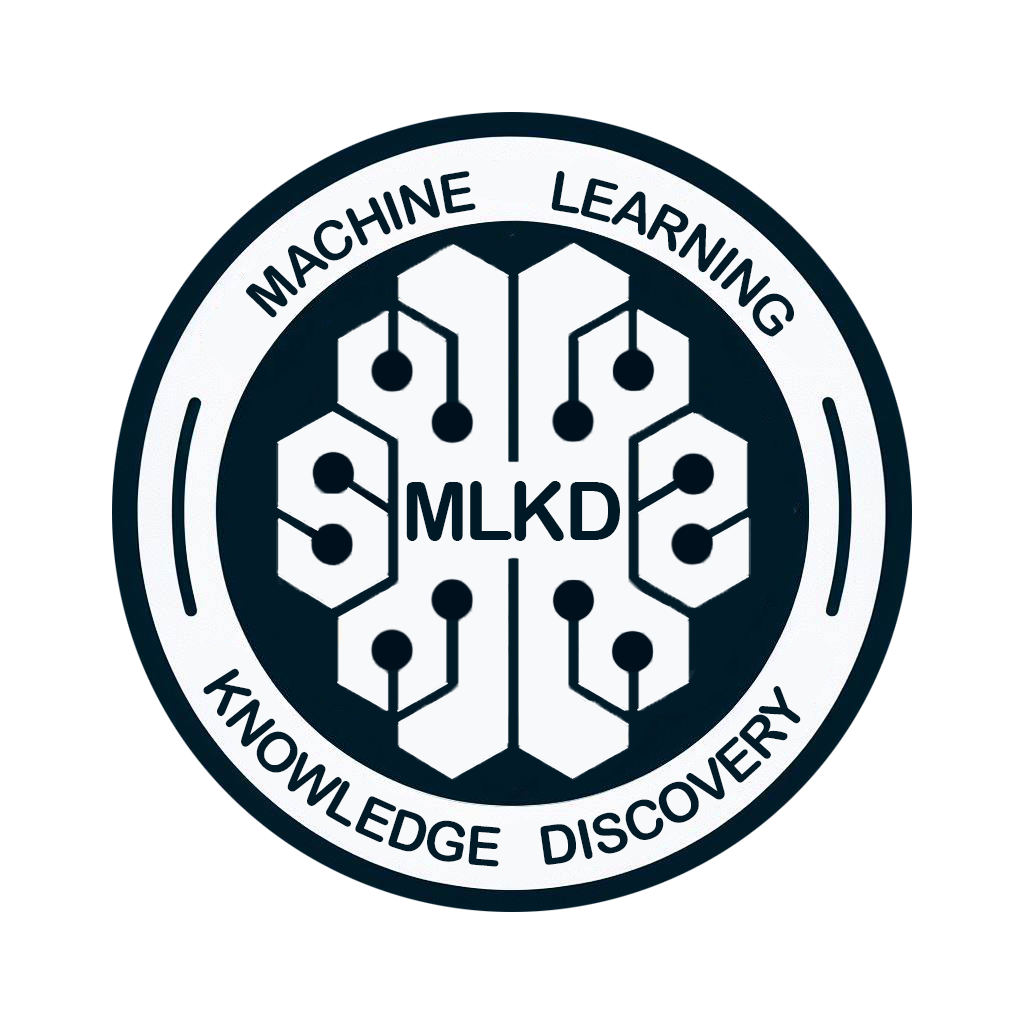Understanding the Dynamics of Learning Linguistic Knowledge in Large Language Models
Abstract: Language models serve as the foundation of numerous AI applications today. However, despite their remarkable proficiency in processing textual data, questions linger regarding their linguistic capabilities. In this talk, I will empirically study the linguistic capabilities of recent large language models (LLMs) using a characterization of linguistic complexity from psycholinguistic and language acquisition research, and introduce data-driven linguistic curricula to understand the learning dynamics of these models. Through extensive analyses, we find that recent LLMs show limited efficacy in addressing linguistic queries, particularly struggling with inputs of greater linguistic complexity and controlled generation. In addition, I demonstrate that the proposed linguistic curricula can identify sets of linguistic metrics that inform the challenges and reasoning required for addressing different natural language processing tasks. The talk will conclude by offering insights to inform future endeavors in LLM development.
Innovative Uses of Machine Learning to Help Decision-Makers Build, Apply, and Interpret Simulation Models
Abstract: Simulation models allow decision-makers (e.g., public health policymakers) to identify potential interventions to improve population health or analyze existing policies. Such models are developed in several consecutive steps. This talk will show that machine learning can improve each of these steps. In the first step, we will cover how conceptual models can be created or defined thanks to Natural Language Processing, leveraging the knowledge contained in unstructured (text) data. Then, we will examine how computational models can be created using simulation techniques such as Agent-Based Models (ABMs), thus opening exciting research avenues at the crossroad of Machine Learning and Simulation to automatically create ABMs or scale them to very large population sizes. Scaling models allows to answer questions such as “how will a subpopulation be affected”, which is necessary to consider fairness and equity in decision-making. The final step of model deployment will emphasize the benefits of Natural Language Generation to create explanations on the fly and broaden participation to the modeling process.



